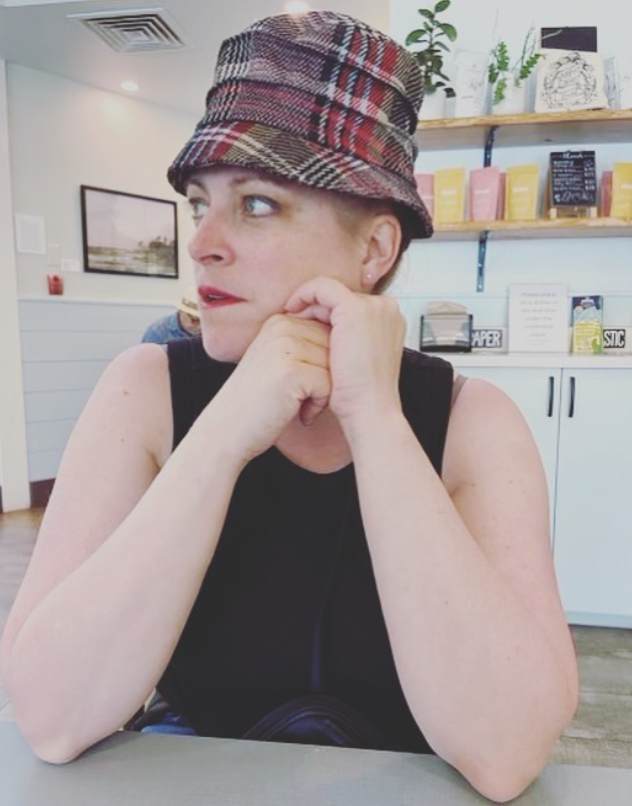Writing Fresh Poems in the Classroom

Why do I read business articles? Because they are often the source for amazing ideas to use in the Language Arts classroom. This Forbes’ article about the Limerick Butler poet Stephen Clare inspired my take on Fresh Poems in the Classroom.
Stephen Clare sets up his typewriter and creates “fresh” poems for people in under 10 minutes.
He requires two things to create poems… a WHAT and a WHO
- WHAT is the topic for the poem?
- WHO is the poem for?
The customer talks to him as he writes. Stephen’s creative process determines the length and the structure of the poem, he lets the poem take the lead.
This magic can happen in the classroom too! Here’s how!
Setting Up This Experience in the Classroom
Immerse students in poetry. Explore many different kinds, not just ones that rhyme.
Here are some handy lists.
30 Books of Poetry for Young Readers
Practice writing poems together as a class. Model first as a teacher (I DO, STUDENTS WATCH), then together as a large group and in small groups (WE DO TOGETHER) and then as individuals (YOU DO ON YOUR OWN).
After writing a few different types of poems, set up students in pairs to write “Fresh Poems”. Encouraging students to share topics that are meaningful to them and to carefully consider who could the audience of their poem could be. This opens the audience to other students in the class and in the school, in addition to other school staff and to family at home.
However, reality is that writing a poem without scaffolds can be challenging. While some students can listen to another student’s ideas and create a poem, most cannot. Here are some ways to support the student writer of “fresh poems.”
Have poem templates for students to use with prior instruction of how to create with them. These are the same templates students have explored in class to write poems.
Consider an organizer for holding the ideas of the student “customer”. One option is to have a paper for students to make a jot list or perhaps a series of boxes on a page for students to create quick drawings with/without words.
If you have access to Google Apps, perhaps have the student “customer” speak into Google Docs using the voice typing feature found on the toolbar under “tools”. The benefit of voice typing is that the poet can use these captured words, already typed into a doc to create the poem without worrying about the initial step of idea capture.
Finishing ideas can include no tech, meaning hand printed on a page. It can also be low tech, using a word publishing technology to create a polished poem using typed words and found images. A high tech option would be using BookCreator, to include pictures and words in an eBook format.
Here are some other places online to create or learn how to write poems.
Poetry Templates from READWRITETHINK.org
Poetry Templates from Teach-nology
Using Google Slides to Make a Poster
How to Write Free Verse Poetry
Enjoy this process, make tweaks as you find out what works for your students. I think it is important to emphasize the beauty in the personalized gift of writing. Celebrate these newly created poems by bringing in those that are receiving the poems. As an extension, set up a FRESH POEM REQUEST box where students can fill out a form to request a fresh poem. The form should include, the name of the person requesting the poem, the topic for the poem and for who the poem is for.
I look forward to hearing how you used “fresh” poems in your classroom. Please make note in the comment section.
Here’s a bonus for you! I created this Poetry LiveBinder and you might find it helpful as you explore poetry in your classroom.
Until Next Time,
Coach Clark








